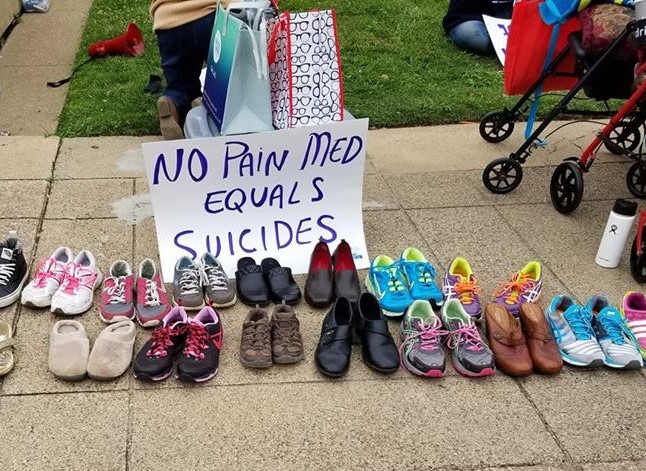More Americans Worried About Rx Drug Misuse
/By Pat Anson, Editor
A recent study by the Centers for Disease Control and Prevention found that about one in four overdose deaths in 2016 involved prescription opioids. That’s a lot – but it’s far less than the number of Americans killed by illegal drugs such as heroin, cocaine and illicit fentanyl – which account for nearly two-thirds of all drug related deaths.
But a new survey shows that a growing number of Americans still blame the overdose crisis on prescription drugs.
The nationwide poll by the Associated Press and the NORC Center for Public Affairs at the University of Chicago found that 43 percent of Americans believe the misuse of prescription drugs is a serious problem in their community. That’s up from 33% two years ago. Only 37 percent see heroin as a serious concern locally.
The survey findings show that many Americans have a conflicted attitude about the opioid crisis and drug misuse in general.
For example, while over half (53%) believe prescription drug addiction is a disease that is treatable, a significant number (39%) think substance abuse is caused by mental illness. Forty-three percent think opioid addiction shows a lack of willpower or discipline, and nearly a third (32%) say it’s a character defect or a sign of bad parenting.
The stigma associated with drug addiction is strong. Fewer than 1 in 5 Americans are willing to associate closely with a friend, colleague or neighbor who is addicted to prescription drugs.
"In the national effort to grapple with the enormous issue of opioid addiction, it is important to know the level of awareness and understanding of Americans who find themselves in the midst of an epidemic that is claiming growing numbers of lives," said Caitlin Oppenheimer, senior vice president of public health at NORC. "This survey provides important, and in some cases troubling, information."
Other survey findings:
- 13% of Americans had a relative or close friend die from an opioid overdose.
- 24% have an addicted relative, close friend, or say they themselves are addicted to opioids.
- Two-thirds say their community is not doing enough to make treatment programs accessible and affordable
- 64% would like to see more effort to crack down on drug dealers.
"The number of people who recognize how serious the opioid epidemic is in this nation is growing," said Trevor Tompson, vice president for public affairs research at NORC. "There is clearly a continuing challenge to ensure that what is learned about the crisis is grounded in fact."
The survey found that Facebook plays a dominant role in how Americans get their news – particularly about opioids. Of the 74 percent of adults who use Facebook, 41 percent say they have seen messages about opioids or deaths from overdoses. Fewer users of Twitter, Instagram and other social media platforms report seeing such information.
The nationwide survey of 1,054 adults was conducted online and using landlines and cell phones. The margin of sampling error is +/- 4.1 percentage points.





























